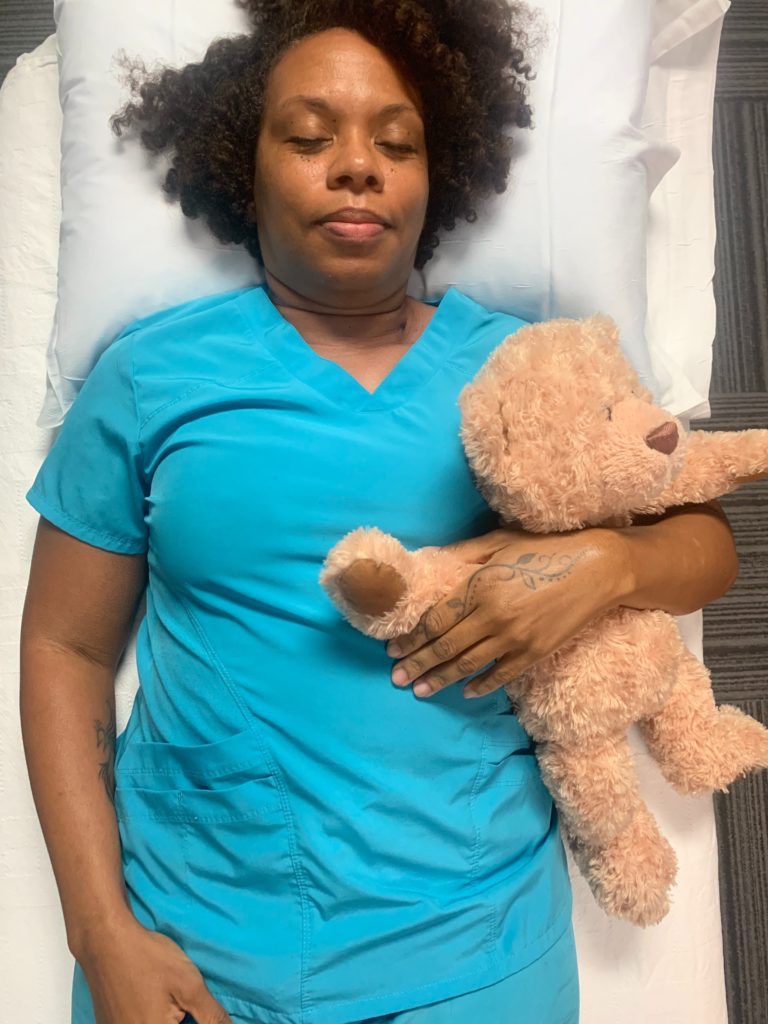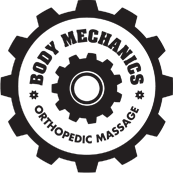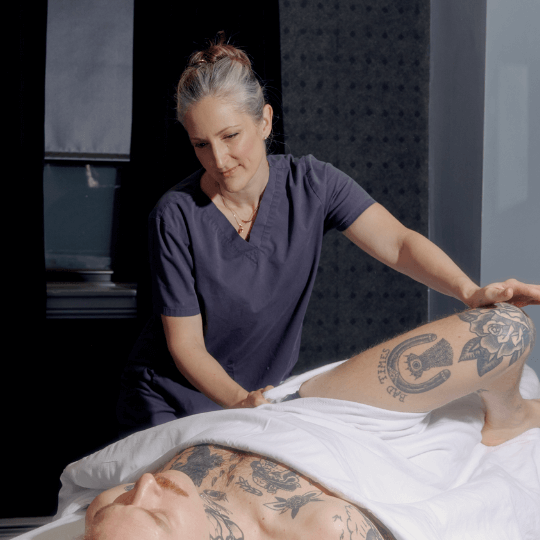“Sleep is the golden chain that ties health and our bodies together”
-Thomas Dekker
- What is sleep hygiene?
- What does sleep hygiene have to do with massage therapy?
- 1. Do not try to sleep unless sleepy
- 2. Stick to a schedule
- 3. Avoid caffeine and alcohol
- 4. Develop a pre-bed routine
- 5. Use your bed primarily for sleeping
- 6. No screen time before bed
- 7. Control your sleep environment
- Summing up…
What is sleep hygiene?
The CDC defines sleep hygiene as “the good habits that can lead to you getting a good night’s sleep” As a yoga therapist, I talk a lot about sleep hygiene and refer our clients to sleep hygiene resources in our massage therapy practice. Good sleep habits are one of the fundamental lifestyle modifications that you can do to improve your health and wellbeing. The steps are simple and there is a fairly significant payoff for small changes. Many people have never heard of sleep hygiene, and even if they are complaining of poor sleep, poor health and chronic fatigue, they do not realize they may be inadvertently contributing to those feeling with their behavior. Sleep hygiene alone may not be enough to ensure quality rest. You may require additional intervention from a medical professional, medication, or cognitive behavioral therapy. You should check with your medical provider. This is an excellent self-care place to start.
What does sleep hygiene have to do with massage therapy?
As both a yoga therapist and a massage therapist, I wanted to do this little post on sleep because over the years I have had clients and patients who are specifically using massage as a sleep intervention. Back in my early days of massage, I worked at a number of locations that were open until 10 pm. I remember thinking, “who would want a massage that late?”. Those 9-10 pm spots were always booked though. It turns out, many people are NOT good at relaxing. They do not know how to send the message to their brain that it is time to turn off. They probably did not know what sleep hygiene was, but they had reached the conclusion that they needed HELP and they were getting it.

I have always said loosely, that since massage is a passive intervention, that what I am really doing as a massage therapist is more of a complex mediation using touch, where I am teaching people to relax. Even with the massage treatments that I do that are more complex, for example a manual therapy treatment that is more movement based, I am trying to get you to move in a relaxed way and guiding you through that.
Those late night massages that I used to do did not come cheap! Not everyone has the means to spend $150 dollars a few days a week to help communicate with their brain that it needs to shut off. The good news is, sleep hygiene is free. Read on to see some of the basics I suggest as a Yoga Therapist. (p.s if you have children and have sleep trained, these steps might seem familiar to you or you can try them to help make bed better)
1. Do not try to sleep unless sleepy
Only try to sleep when you are actually tired. If you find that around bedtime you have no desire to sleep, you may need to move your bedtime or adjust some of your other habits discussed below. If you get into bed and find you can’t shut off, get out of bed and do something relaxing, then try again in 20 minutes.
2. Stick to a schedule
One of the best ways to tell your body it is time for bed is to keep a regular schedule. Going to sleep at the same time and waking at the same time (regardless of the day of the week) can help your body and mind know how to behave depending on the time of day.
3. Avoid caffeine and alcohol
If possible, avoid taking in caffeine, alcohol, and nicotine within 6 hours of bedtime. Caffeine and nicotine are stimulants that can disrupt your natural sleep rhythms and your ability to fall asleep, alcohol is a depressant, and while it can encourage falling asleep in the short term, in the long term it disrupts the sleep cycles and your ability to get deep restful sleep.
4. Develop a pre-bed routine
Communicating with your nervous system that it is time to shut down can be hard. Doing the same thing every night as a soothing routine can help cue your body and mind that it is time for bed. Examples of quality sleep routines are: baths, meditation, self-massage, gentle stretching in a dim room, or drinking a ‘good night’ tea. Most people do well to avoid overly stimulating activities like checking the news or watching sports. Pick something that works for you and stick with it.
5. Use your bed primarily for sleeping
Help cue yourself that it is sleepy time by ONLY using your bed for bedroom activities. Refrain from eating, reading, watching TV, using your phone, or working in bed. This will help you associate your bed as a restful stress-free space away from the rest of the world.
6. No screen time before bed
TVs, computers, and phone screens give off blue light, which makes your brain think it’s the middle of the day. Set your timers for nighttime modes without blue light and do not use electronics within at least 30-60 minutes before bed. Make sure your dings and alerts are silenced so that your sleep is not accidentally disrupted.
7. Control your sleep environment
There are some common things that set the stage for good sleep that you can do in your home to create a sleep-friendly environment. Make sure the room is cool, dark, and quiet. If the room is not quiet, use a sound machine to fill the space with white noise or a sound you find relaxing. Blocking out the outside light can also be helpful, especially if you live in an area with ambient lighting. Have a blanket on hand, and consider experimenting with a weighted blanket.
Summing up…
Sleep is an important activity. We often think of sleep as passive because we are not up and doing things, but our body is in an active state of rest and digest. Massage therapy can be important in your sleep hygiene routine. In today’s world, it is easy to put emphasis on the more conscious active parts of life. It also may NOT feel natural or easy for you to communicate with your brain and tell it to slow down and prepare for the function of sleep. Taking the above steps into consideration is a great first step. The CDC recommended The American Alliance for Healthy Sleep for more information on sleep hygiene. It is also important to remember this is not a prescription, it is an assessment and a tool. You should check in with your care provider if your sleep issues persist.
You can read more on relaxing on or blog: Don’t tell me to relax!

